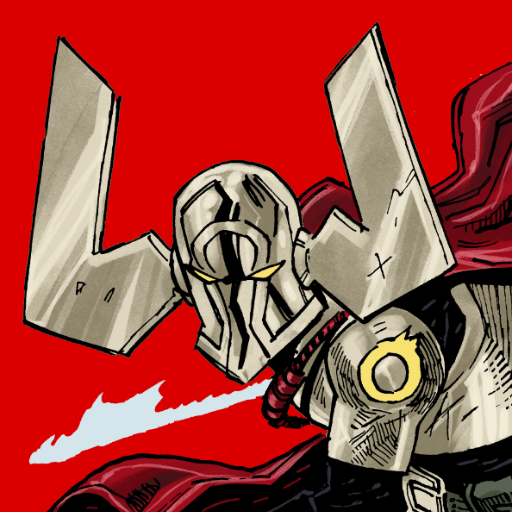“Here be Dragons” was once used to mark dangerous, uncharted territory on maps. The incredibly detailed Fra Mauro map, circa 1450 CE, went one step further. It shows Isola de’ Dragoni (“Island of Dragons”) in the Atlantic Ocean. No-one has ever journeyed there.
—
HC SVNT DRACONES (“here be dragons”) is a Latin phrase used to label uncharted or dangerous territories on several maps made between the 11th and 15th century CE. On Greek and Roman maps the phrase HIC SVNT LEONES (“here be lions”) was more commonly used for the same purpose, which seems strange given that dragons were more commonly believed in back then.
There is a region moreover in Arabia, situated nearly over against the city of Buto, to which place I came to inquire about the winged serpents: and when I came thither I saw bones of serpents and spines in quantity so great that it is impossible to make report of the number, and there were heaps of spines, some heaps large and others less large and others smaller still than these, and these heaps were many in number. […]
As for the serpent its form is like that of the water snake; and it has wings not feathered but most nearly resembling the wings of the bat. Let so much suffice as has been said now concerning sacred animals.
These words were written by the 5th century BC Greek historian Herodotus in the first volume of his History. It should be noted though that Herodotus didn’t record seeing a single live specimen, merely reporting what he had been told about the creatures behaviour and appearance. This included their roosting in frankincense trees and having to be specially handled so that the spice could be harvested; shades of the flesh-hungry Cinnamon Bird also described by Herodotus perhaps?
Large birds carry those dried sticks which we have learnt from the Phenicians to call cinnamon, carry them, I say, to nests which are made of clay and stuck on to precipitous sides of mountains, which man can find no means of scaling. With regard to this then the Arabians practise the following contrivance: — they divide up the limbs of the oxen and asses that die and of their other beasts of burden, into pieces as large as convenient, and convey them to these places, and when they have laid them down not far from the nests, they withdraw to a distance from them: and the birds fly down and carry the limbs of the beasts of burden off to their nests; and these are not able to bear them, but break down and fall to the earth; and the men come up to them and collect the cinnamon. Thus cinnamon is collected and comes from this nation to the other countries of the world.
Perfumes and spices such as frankincense and cinnamon were Arabia’s top exports and it did well to convince outsiders that they faced literal monsters to obtain them, lest their customers get the idea they could simply cultivate them themselves. Pliny the Elder, writing in the 1st century AD, was onto their tricks writing in his Naturalis Historia that the monstrous “cinnamolgus” was a mere invention designed to drive the price of the spice higher. Piny also wrote of epic battles between elephants and dragons though.
Elephants are bred in that Part of Africa which lieth beyond the Deserts of the Syrtes, and also in Mauritania: they are found also among the Ethiopians and Troglodites, as hath been said: but India produceth the biggest: as also the Dragons, which are continually at variance and fighting with them; and those of such Greatness, that they can easily clasp round the Elephants, and tie them fast with a Knot. Zelian says, that these dragons conceal themselves among the branches of trees, from which they hang dependent, watching for their prey. When the elephants approach to feed on the branches, the enemy seizes them about the eyes, twines itself about the neck, and lashes them with its tail, in which manner they fall down strangled. In this Conflict they die together; that which is overcome falling down, and with his Weight crushing the one that is twined about him.
This appears to be a somewhat exaggerated (and you will note second hand – “Zelian says”) description of an Indian python however. Indeed all of Pliny’s mentions of dragons seem to actually describe other creatures and it seems much more likely that he was using the word as a kind substitute for “large predatory reptile”, rather than cataloguing actual dragon subspecies. Even when he doesn’t use the term dragon, the (still second hand) descriptions can seem somewhat hyperbolic:
Megasthenes writeth that there are Serpents in India which grow to such a Size that they are able to swallow Stags or Bulls whole.
Doest thou believe everything Megasthenes writeth, Pliny?

